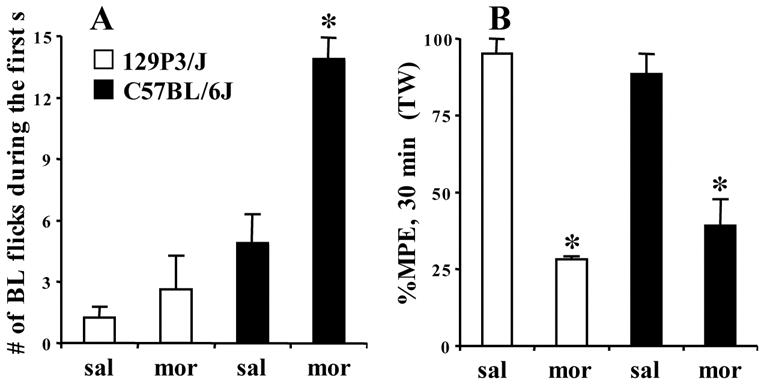FIGURE 5. Increase in the frequency of the baseline nociceptive response following chronic morphine administration in C57BL/6J mice, but not 129P3/J mice.

Using a between-subjects design, mice (N=4) were administered escalating doses of morphine over 3 days (Kest et al. 2002). On day 4, following the first baseline tail flick, the tails were left in the waterbath for 1 s and the total number of flicks was recorded on a digital video. A). Morphine-tolerant C57BL/6J mice, but not morphine-tolerant 129P3/J mice, exhibited a large, significant increase in the number of baseline flicks following the first nociceptive response. Following a subsequent morphine challenge, regardless of strain, tolerant mice did not exhibit any flicking during the 1 s following the first flick (data not shown). B). To confirm tolerance in both strains, we used a lower challenge dose of morphine in C57BL/6J mice (15 mg/kg, s.c.) as compared to Figure 4 (25 mg/kg, s.c.) and the same challenge dose in 129P3/J mice (7.5 mg/kg, s.c.). Comparable acute analgesia and tolerance was observed in both strains at 30 min post-injection. "sal" = chronic saline treatment. "mor" = chronic morphine treatment. "BL" = baseline. "TW" = tail withdrawal. Data are presented as the mean ± S.E.M. A p value of 0.05 was considered significant.
